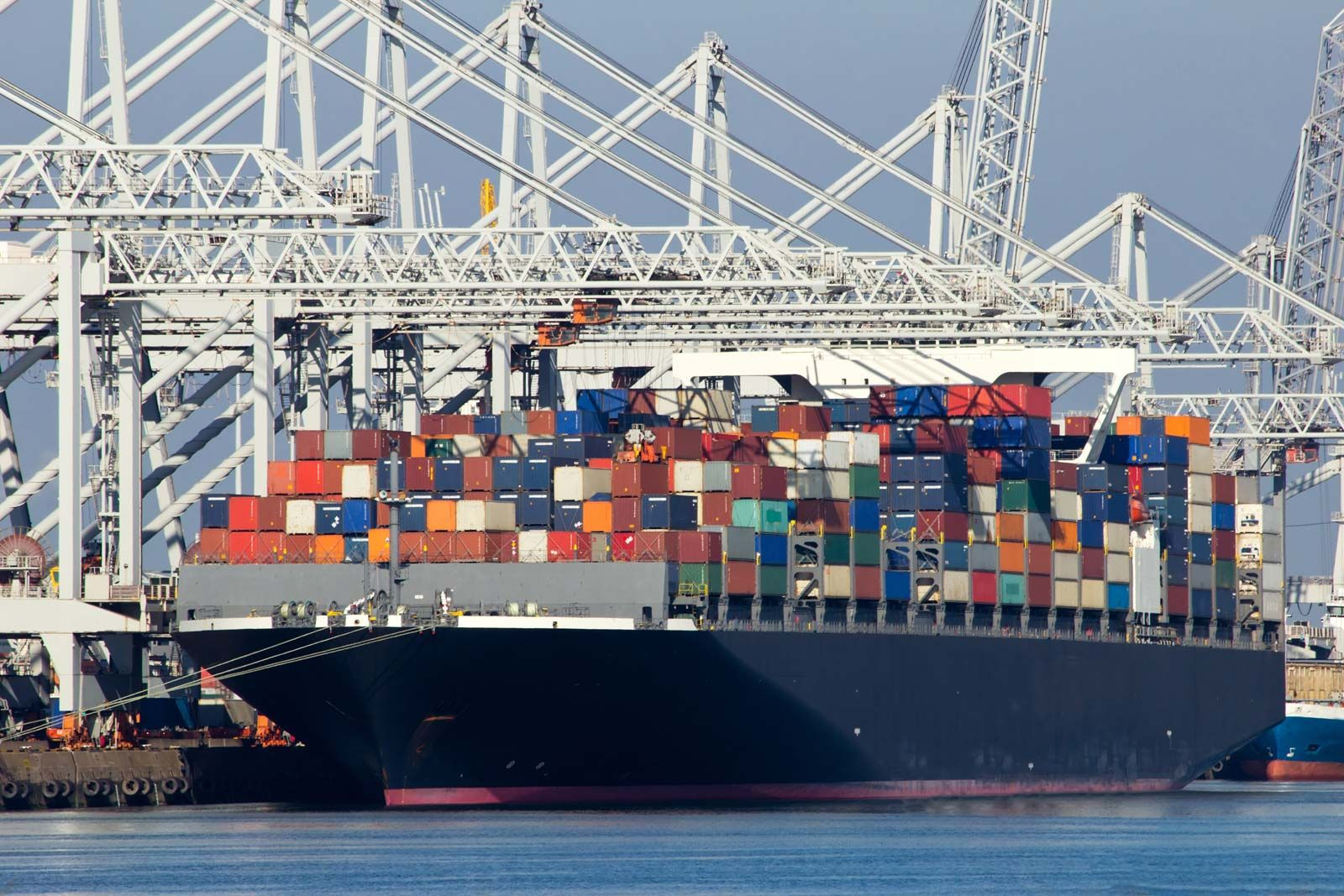Rotterdam, a pivotal hub in global trade and a vibrant urban center, is located in the Netherlands. Specifically, this major European port and the second-largest city in the country lies approximately 19 miles (30 kilometers) inland from the North Sea. This strategic positioning provides Rotterdam with direct access to one of the world’s busiest waterways, crucial to its historical and contemporary significance as a maritime powerhouse. The connection to the North Sea is facilitated by the New Waterway, a canal engineered to accommodate large sea vessels and solidify Rotterdam’s role in international shipping.
Geographically, Rotterdam is nestled within the Rhine-Meuse-Scheldt delta, a region defined by the intricate network of rivers flowing into the North Sea. The city itself straddles both banks of the New Meuse (Nieuwe Maas) River, a northern branch of the mighty Rhine River. This riverine setting has been fundamental to Rotterdam’s development, offering both a source of livelihood and a pathway for trade and expansion throughout its history. The Rotte River, from which Rotterdam derives its name, also plays a role in the city’s geography, highlighting the area’s water-rich environment.
Historically, Rotterdam’s location at the mouth of the Rotte River was its initial point of origin. The name “Rotterdam” first appeared in records dating back to 1283, linked to land reclamation efforts at the Rotte’s estuary. From a modest fishing village, Rotterdam received its charter in 1328, marking its formal establishment. A key development in its ascent was the permission granted in 1340 to construct a canal connecting to the Schie River, another tributary of the New Meuse. This canal proved transformative, establishing Rotterdam as the primary port within the historical province of Holland.
The 17th century marked a period of explosive growth for Rotterdam, fueled by the burgeoning Dutch maritime trade with the Indies. The city capitalized on its location and expanded its harbor facilities along the New Meuse to accommodate the increasing volume of commerce. By the close of the 17th century, Rotterdam had firmly established itself as the second most important merchant city in the Netherlands, after Amsterdam, solidifying its position as a major European trading center.
Adapting to changing geopolitical landscapes, Rotterdam demonstrated resilience through periods of upheaval, including the French occupation from 1795 to 1815 which significantly disrupted trade. In the 19th century, recognizing the need to accommodate ever-larger steamships, Rotterdam undertook a monumental engineering project: the construction of the New Waterway between 1866 and 1872. This waterway provided a direct, deep-water passage to the North Sea, ensuring Rotterdam remained competitive in global shipping. Further enhancing connectivity, a railroad bridge across the Meuse River in 1877 linked Rotterdam to the southern Netherlands, expanding its hinterland and facilitating trade. The late 19th and early 20th centuries witnessed further port expansion southward across the Meuse, culminating in the construction of Waal Harbour between 1906 and 1930, which became the world’s largest dredged harbor at the time, underscoring Rotterdam’s continuous growth as a port city.
Despite suffering devastating bombing during World War II, which obliterated the city center and a significant portion of its port facilities, Rotterdam embarked on a remarkable path of reconstruction and modernization. The post-war era saw the emergence of a completely redesigned inner city, characterized by spacious layouts and functional, forward-thinking architecture that embraced its riverside location. Rotterdam became a showcase for urban planning innovation, attracting global attention for its bold approach to rebuilding. The Lijnbaan Shopping Centre, for example, became an archetype for pedestrianized shopping areas in Europe and North America, demonstrating Rotterdam’s influence on urban design.
Today, Rotterdam’s economy remains deeply intertwined with its port, which serves as a crucial node in the densely populated and industrialized region encompassing London, Paris, and Germany’s Ruhr area. Its location at the mouths of the Rhine and Meuse rivers, combined with its North Sea access, positions Rotterdam as a gateway to Europe. The port, including its extension at Europoort, handles the largest volume of sea-transported goods globally by capacity, with crude oil and petroleum products forming a significant portion of its cargo. Rotterdam also stands as a major hub for grain and general cargo, facilitating transshipment throughout inland Europe via the Rhine River and its extensive network of barges.
 Container ship at the port of Rotterdam, Netherlands
Container ship at the port of Rotterdam, Netherlands
Beyond its port activities, Rotterdam has diversified its economy, particularly in the petrochemical sector since the late 1940s. The city hosts numerous large oil refineries, and a network of pipelines originating in Rotterdam distributes crude oil, refined products, and natural gas to destinations across the Netherlands, Belgium, and Germany, highlighting its central role in European energy infrastructure. Air travel is facilitated by Rotterdam The Hague Airport (formerly Zestienhoven Airport), located to the northwest of the city, further enhancing Rotterdam’s connectivity.
Culturally, Rotterdam offers a rich landscape, boasting institutions like the renowned De Doelen concert hall, celebrated for its acoustics, and the Boymans-van Beuningen Museum, home to an exceptional collection of Dutch and Flemish masters. Other notable museums, including the Museum of Ethnology and the Maritime Museum, contribute to the city’s cultural appeal. Rotterdam is also a center for higher education, home to the Erasmus University of Rotterdam, and features the Royal Rotterdam Zoological Garden, a popular attraction. Rotterdam’s strategic location, combined with its historical significance, economic power, and cultural vibrancy, firmly establishes it as a major European city with global reach.
